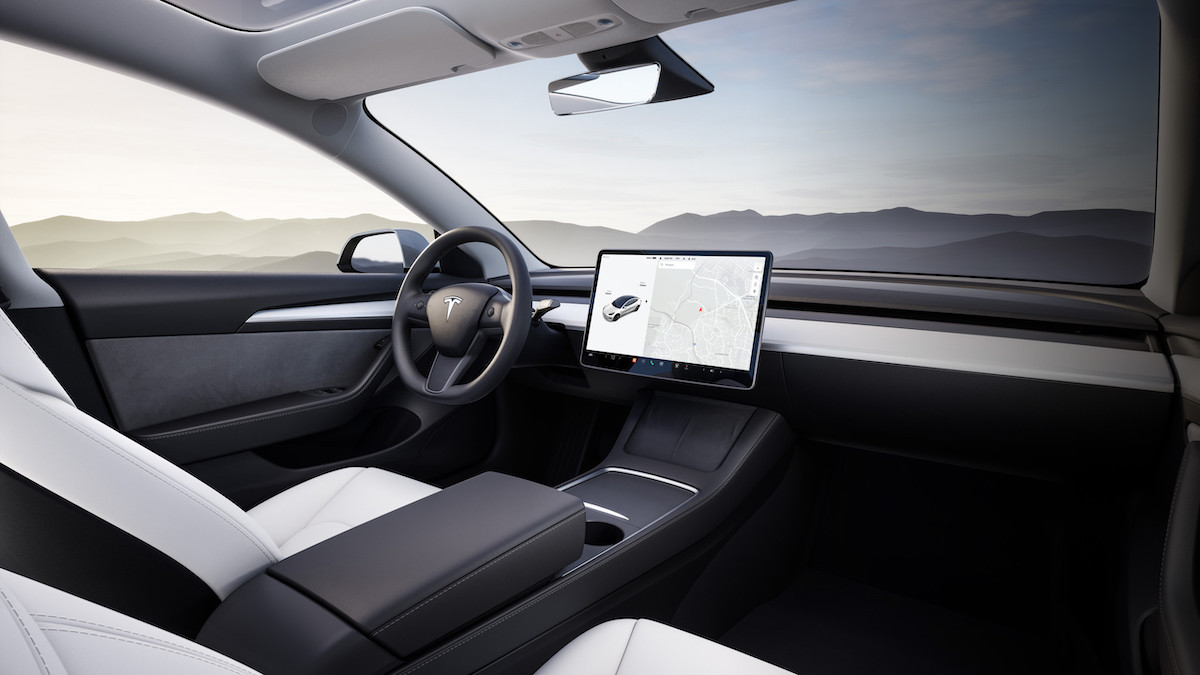During the past few decades of auto industry history, Toyota, Mercedes, and BMW were known to be the best at controlling costs and gaining profits. However, Tesla quickly stand out to become the most profitable worldwide this year. Although US automakers aren’t known for their financial prowess, Tesla is a whole different story, for it’s fighting a completely different business war from other brands.

Since Tesla’s Shanghai factory operated in full capacity from the second half of 2020, the company finally began to profit, as shown in last year’s annual financial report. What’s more astounding was Tesla’s rise to the top profitable one among global carmakers in Q2 2022. While traditional carmakers have net profit margins under 10%, Tesla rose to above 13%. While all automakers are manufacturing and selling vehicles as their main business, does EV business profit more? If so, why are many Chinese EV brands in the red (except for BYD)? We can analyze the difference between Tesla’s and traditional carmakers’ business models from a few standpoints…
- For the most expensive component in EV, batteries, Tesla’s design goes for size enlargement and structuralization as part of car body. Currently, Tesla’s best-selling model is the newly-launched Model Y. Model Y uses the latest 4680 type battery; because of its larger size and higher power density than the previous 21700 type, the required cells for building an EV are fewer. Moreover, the 4680 battery and casted single-piece front and rear underbodies adopt CTC (cell to chassis) matching technology, further improving the battery’s power density, with the batteries acting as part of body structure. As Tesla claims, the 4680 battery’s introduction can lower a car’s total costs by up to 5,000 USD.
- Casted single-piece front and rear underbody. As for the body-structure components count, Model Y replaces the original 170 pieces with two large ones. Aside from decreasing the components’ total costs, the design simplifies the assembly process and boosts manufacturing efficiency.
- Supply chain control of most critical components. Similar to BYD, Tesla controls its critical components and technologies, such as batteries, chips, and software development. The business model provides better cost control and supply stability than other automakers.
- Aftersales sales. After car sales, traditional ICE carmakers could only gain profit from owners through maintenance. Tesla’s OTA cloud download functions like cellphone apps and has sustained profits after car sales, with FSD (Full Self-Driving), the driving assistance package, being the most famous example. Additionally, Tesla’s Supercharger has begun its charging program for car owners, gaining more profit. As a whole, Tesla’s aftersales profits weren’t impacted by a lack of workshop income, yet the company obtained more frequent interaction with its owners and more business opportunities with OTA and Superchargers.
- A higher price positioning from technology and innovation. Strictly speaking, Tesla sets the price in the EV era, with almost every brand referencing Tesla’s car prices as their pricing strategy. Although Tesla car prices fluctuate frequently in recent years, which is unusual and unlikely for other carmakers to follow, the EV-leading company can adjust prices according to its own supply and demand. However, Tesla’s price reduction in larger scale recently in the Chinese market stemmed from increased productivity and fierce competition with BYD, aiming to stimulate a new wave of purchases. Consequently, we can expect lower profitability for Tesla in the future.
- Tesla adopts a direct sales model. Without dealers to divide profits, the company only needs experience and delivery centers. The online ordering process also mitigates promotion costs.
- Elon Musk himself is the perfect advertisement, so Tesla doesn’t have to spend much on marketing. Elon’s exposure alone puts Tesla’s products on most consumers’ wish lists.
In conclusion, Elon Musk continuously dishes out dazzling (and practical) new tech and car models to draw the market’s attention, and his cost control methods have set a new standard. In a few years, however, traditional carmakers will introduce new EV models, making Tesla’s high profitability hard to maintain under fierce market competition.